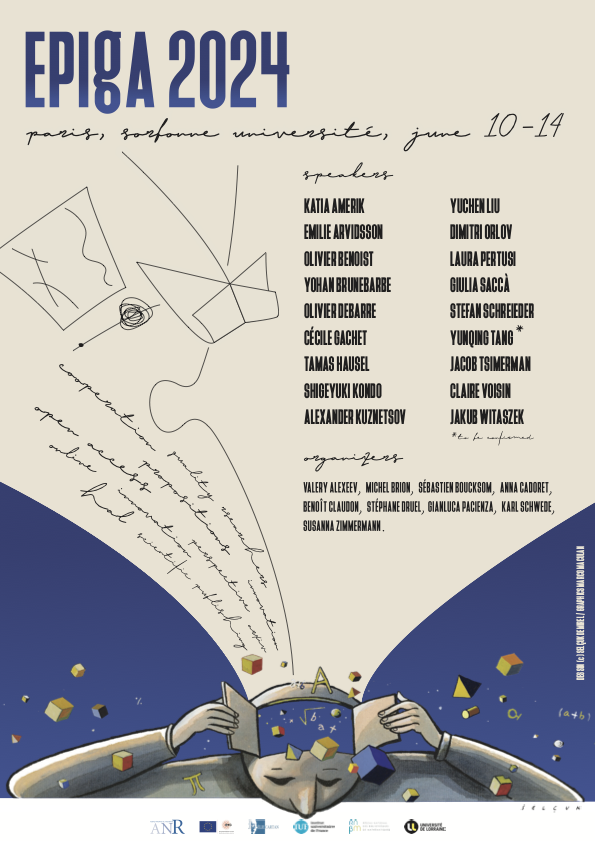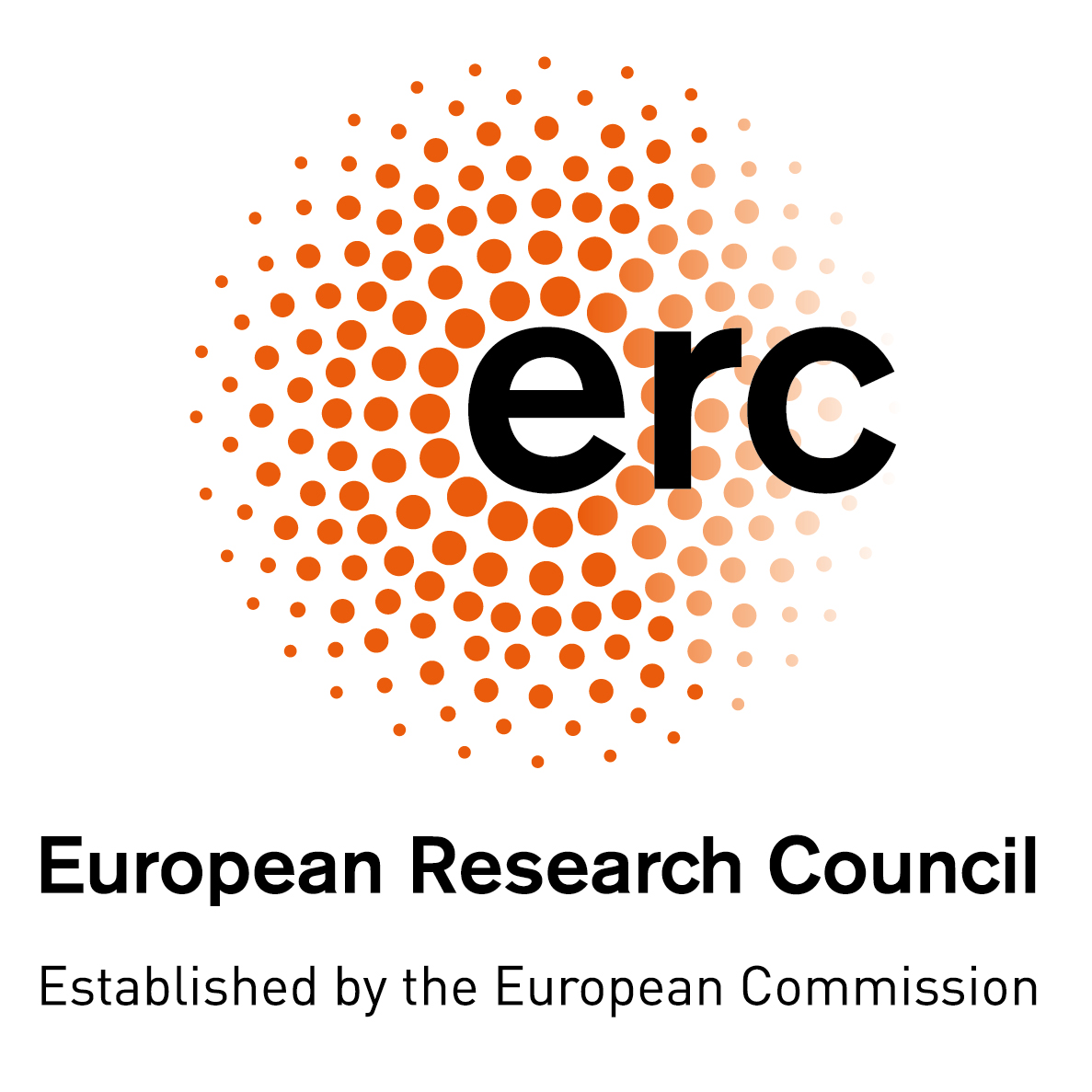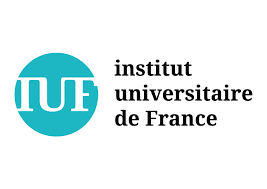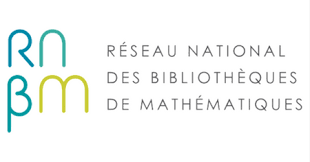Conférence 2024
Conférence EPIGA 2024, Paris, Sorbonne Université, 10-14 juin 2024
La conférence EPIGA 2024 rassemblera des mathématiciens couvrant un large spectre de la géométrie algébrique. Une demi-journée sera consacrée à des exposés et des débats sur le sujet de l'édition scientifique et plus généralement de la science ouverte en mathématiques. Ce sera aussi l'occasion de décerner le premier prix Demailly pour la science ouverte.

Orateurs
Les exposés seront donnés par les personnes suivantes :
| Katia Amerik | Tamas Hausel | Giulia Saccà |
| Emilie Arvidsson | Shigeyuki Kondo | Stefan Schreieder |
| Olivier Benoist | Alexander Kuznetsov | Yunqing Tang |
| Yohan Brunebarbe | Yuchen Liu | Jacob Tsimerman |
| Olivier Debarre | Dimitri Orlov | Claire Voisin |
| Cécile Gachet | Laura Pertusi | Jakub Witaszek |
Demi-journée sur la science ouverte en mathématiques :
Mercredi après-midi aura lieu une demi-journée sur la science ouverte en mathématiques. Cette demi-journée sera en particulier l'occasion de décerner le premier prix Demailly.
Informations pratiques
La conférence aura lieu dans l'amphi Durand, dans l'espace Esclangon du campus Jussieu de Sorbonne Université.
Il n'est malheureusement plus possible de s'inscrire.
Recherche d'hotel: les lignes de metro 1, 5, 7, 10, 14 et les RER A, B, C s'arretent proche de Jussieu et ils marchent jusqu'après minuit.
Comité d'organisation et scientifique
Valery Alexeev, Sébastien Boucksom, Michel Brion, Anna Cadoret, Benoît Claudon, Stéphane Druel, Gianluca Pacienza, Karl Schwede, Susanna Zimmermann
Pour les questions pratiques, veuillez vous adresser aux personnes ci-dessus qui ont un lien vers leur page web.
Schedule
|
9:30-10:30 Amerik |
9:30-10:30 Brunebarbe |
9:30-10:30 Tsimerman |
9:30-10:30 Liu |
9:30-10:30 Kondo |
|
11-12 Tang |
11-12 Schreieder |
11-12 Hausel |
11-12 Gachet |
11:-12:00 Benoist |
|
14:30-15:30 Debarre |
14-15 Orlov |
science |
14:30-15:30 Arvidsson |
|
|
16-17 Voisin |
15:30-16:30 Pertusi |
ouverte |
16-17 Witaszek |
|
|
17-18 Kuznetsov |
après-midi |
Titres et résumés
K. Amerik : Isotropic boundary of the ample cone.
Joint work with M. Verbitsky and A. Soldatenkov. It follows from an old result of Kovacs that the ample cone of a
projective K3 surface of Picard number at least three is either "round" (equal to the positive cone),
or has "no round part", that is the boundary of the ample cone is nowhere dense in the isotropic cone. With a help of hyperbolic geometry, this easily generalizes to the hyperkähler case. We pursue this a bit further and prove that any real analytic curve in the projectivization of the isotropic boundary of the ample
cone lies in a sphere contained in this isotropic boundary. We discuss how the union of maximal such spheres, the ``Apollonian carpet'', equal to the union of all analytic curves on the projectivized isotropic boundary, can look like.
E. Arvidsson: Properties of log canonical singularities in positive characteristic.
We will investigate if some well known properties of log canonical singularities over the complex numbers still hold true over perfect fields of positive characteristic and over excellent rings with perfect residue fields. We will discuss both pathological behavior in characteristic p as well as some positive results for threefolds. We will see that the pathological behavior of these singularities in positive characteristic is closely linked to the failure of certain vanishing theorems in positive characteristic. Additionally, we will explore how these questions are related to the moduli theory of varieties of general type. This is based on joint work with F. Bernasconi and Zs. Patakfalvi, as well as joint work with Q. Posva.
O. Benoist: The Wu relations in real algebraic geometry.
I will describe and study relations between Chern classes and Galois cohomology classes in the cohomology of real algebraic varieties. These relations have applications to the topology of sets of complex points of real algebraic varieties, as well as to sums of squares problems in the spirit of Hilbert's 17th problem. This is joint work with Olivier Wittenberg.
Y. Brunebarbe: Uniformization of complex algebraic varieties.
What complex analytic spaces can be obtained as the universal covering of a complex algebraic variety? Motivated by this question, Shafarevich asked whether the universal covering of any smooth projective variety X is necessarily holomorphically convex. In other words, is there a proper holomorphic map from the universal covering of X to a Stein analytic space? Although still open, Shafarevich's question has received partial positive answers, for example when the fundamental group of X admits a faithful complex linear representation (Eyssidieux-Kaztarkov-Pantev-Ramachandran). In my talk, I will discuss the generalisation of Shafarevich's question to non-compact algebraic varieties. This is joint work with Ben Bakker and Jacob Tsimerman.
O. Debarre: Nonsmoothable cycles on algebraic varieties.
In 1961, Borel and Haefliger asked whether, in the integral cohomology of a smooth projective algebraic variety of dimension n, the class of every algebraic subvariety of dimension d is a linear combination, with integral coefficients, of classes of smooth subvarieties. Koll\'ar and Voisin recently proved that this is true (in characteristic zero) in the Whitney dimension range, that is, whenever 2d<n. Outside this range, counterexamples were first produced by Hartshorne, Rees, and Thomas in 1974. I will present some new examples. One example has 2d=n; another example has n=6 (the smallest possible dimension for a counterexample) and d=4. This is joint work with Olivier Benoist.
C. Gachet: Beyond movable: An [effective cone] conjecture.
In 1988, Schoen constructs Calabi-Yau threefolds as fiber products of rational elliptic surfaces. Subsequently, Namikawa (1991) studies birational geometric properties of Schoen threefolds, shows in particular that they have finitely many non-isomorphic minimal models, and counts the exact number of those minimal models (about 5\times 10^{19}). In 1993, Grassi and Morrison note that the newly stated nef cone conjecture — predicting the shape of nef cones of Calabi-Yau manifolds in terms of their automorphism groups — is satisfied by these Schoen threefolds. In this talk, we report on joint work with H.-Y. Lin, I. Stenger, and L. Wang. We explained how to prove the movable cone conjecture for the general Schoen threefold through the lens of an auxiliary cone conjecture for the effective cone introduced for the occasion. We also take a step back and discuss general results comparing various statements traditionally included in the Kawamata-Morrison cone conjecture (such as the movable cone conjecture, the finiteness of minimal models, the nef cone conjecture) and our auxiliary effective cone conjecture.
T. Hausel: Anatomy of big algebras.
Big algebras are maximal commutative subalgebras of the Kirillov algebra attached to irreducible representations of a complex semisimple Lie group. In this talk we will visualize the anatomy of big algebras, in terms of skeletons and nerves. We show that it encodes sophisticated information of the representation, such as a ring structure on multiplicity spaces, the weight diagram and the crystal structure.
S. Kondo: Kummer surfaces in characteristic two.
A Kummer quartic surface is obtained as the quotient surface of the Jacobian of a curve of genus 2 by the inversion. In 1864, E. Kummer discovered its defining equation, (16_6)-configuration of 16 nodes and 16 trope-conics, and a relation with a congruence (a 2-dimensional family) of lines in P^3. Then, in 1870, F. Klein found a beautiful relation between Kummer quartics and quadratic line complexes (a 3-dimensional family of lines in P^3). It seems that these theories hold in any characteristic different from 2. On the other hand, in the case of characteristic 2, the situation is entirely different because of the wildness of ramification of hyperelliptic curves.
In this talk, I will discuss an analogue of relations between Kummer surfaces in characteristic 2 and quadratic line complexes, congruences of lines. These are joint works with T. Katsura and I. Dolgachev.
A. Kuznetsov: Categorical absorption of singularities.
Resolution of singularities from the categorical point of view is an operation that replaces the derived category of a singular variety by a bigger smooth and proper triangulated category. Absorption of singularities, on a contrary, replaces the derived category of a singular variety by a smaller smooth and proper triangulated category. In the talk I will introduce P-infinity objects and show how they can be used to absorb singularities of nodal varieties.
Y. Liu: Moduli of boundary polarized Calabi-Yau pairs.
Abstract: While the theories of KSBA stability and K-stability have been successful in constructing compact moduli spaces of canonically polarized varieties and Fano varieties, respectively, the case of Calabi-Yau varieties (and pairs) remains less well understood despite many approaches in various cases. I will discuss a new approach to this problem in the case of boundary polarized Calabi-Yau pairs (X,D), i.e. X is a Fano variety and D is an anticanonical Q-divisor, in which we consider all semi-log-canonical degenerations. One challenge of this approach is that the moduli stack can be unbounded. Nevertheless, in some low dimensional situations, we show that there exists a projective moduli space despite the unboundedness. Based on joint work with K. Ascher, D. Bejleri, H. Blum, K. DeVleming, G. Inchiostro, and X. Wang.
D. Orlov: Twisted tensor product, smooth DG algebras, and noncommutative resolutions of singular curves.
We are going to discuss various operations that allow to produce new derived noncommutative schemes while preserving properties of smoothness and properness. One of such operation is a twisted tensor product. Using the twisted tensor product operation, we construst new families of algebras and DG algebras with two simple modules which have finite global dimension. This description allows us to show that some of these DG algebras determine smooth proper noncommutative curves that provide smooth minimal noncommutative resolutions for singular rational curves.
L. Pertusi: Higher dimensional moduli spaces on Kuznetsov components of Fano threefolds.
Stability conditions on the Kuznetsov component of a Fano threefold of Picard rank 1, index 1 or 2 have been constructed by Bayer, Lahoz, Macrì and Stellari, making possible to study moduli spaces of semistable objects and their geometric properties. Although small dimensional examples of moduli spaces are well-understood and are related to classical moduli spaces of stable sheaves on the threefold, the higher dimensional ones are more mysterious. In this talk, we will show a non-emptiness result for these moduli spaces. Then we will focus on the case of cubic threefolds. When the dimension of the moduli space with respect to a primitive numerical class is larger than 5, we show that the Abel-Jacobi map from the moduli space to the intermediate Jacobian is surjective with connected fibers, and its generic fiber is a smooth Fano variety with primitive canonical divisor. When the dimension is sufficiently large, we further show that the generic fibers are stably birational to each other. This is a joint work in preparation with Chunyi Li, Yinbang Lin and Xiaolei Zhao.
G. Saccà: Compactification of Lagrangian fibrations.
Lagrangian fibered Hyper-K\"ahler manifolds are the natural generalization of elliptic K3 surfaces and have been used to study and construct examples of compact Hyper-K\"ahler manifolds and (possibly singular) symplectic varieties. In this talk I will talk about some compactification techniques for quasi-projective Lagrangian fibrations, with applications to the study of Prym, Intermediate Jacobian, Albanese, dual fibrations etc.
S. Schreieder: Curves on powers of hyperelliptic Jacobians.
For a curve of genus at least four which is either very general or very general hyperelliptic, we classify all ways in which a power of its Jacobian can be isogenous to a product of Jacobians of curves. We use this to show that for a very general principally polarized abelian variety of dimension at least four, or the intermediate Jacobian of a very general cubic threefold, no power is isogenous to a Jacobian of a curve. This confirms some cases of the Coleman-Oort conjecture and has some relation to the question whether cubic threefolds are stably irrational. Joint work with Olivier de Gaay Fortman.
Y. Tang: The arithmetic of power series and applications to irrationality of certain periods.
Borel and Dwork gave conditions on when a nice power series with rational number coefficients comes from a rational function in terms of meromorphic convergence radii at all places. Such a criterion was used in Dwork’s proof of the rationality of zeta functions of varieties over finite fields. Later, the work of André, Bost, Charles and many others generalized the rationality criterion of Dwork and deduced many applications in the arithmetic of vector bundles with flat connections and abelian varieties. In this talk, we will discuss some further refinements and generalizations of the criteria of André, Bost, and Charles and their applications to modular forms and irrationality of certain periods. This is joint work with Frank Calegari and Vesselin Dimitrov.
J. Tsimerman: Large Compact Subvarieties of A_g.
(Joint with Samuel Grushevsky, Gabriele Mondello, Riccardo Salvati Manni) We determine the maximal dimension of a compact subvariety of the moduli space of principally polarized abelian varieties A_g for any value of g. For g<16 the dimension is g-1, while for g>=16, it is determined by the largest dimensional compact shimura subvariety, which we determine. Our methods rely on deforming the boundary using special varieties, and functional transcendence theory.
C. Voisin: Smoothing algebraic cycles in the Whitney range
Borel and Haefliger asked in 1961 whether any cycle on a smooth projective variety is smoothable, that is, cohomologous to a cycle which is a combination of smooth subvarieties. There are many negative results on this subject, when the codimension is not greater than the dimension. I will sketch the proof of the smoothability of cycles when the dimension is smaller than the codimension. This is joint work with J. Kollár.
J. Witaszek: Singularities in mixed characteristic via Riemann-Hilbert correspondence.
In my talk, I will start by reviewing how various properties of characteristic zero singularities can be understood topologically by ways of the Riemann-Hilbert correspondence. After that, I will explain how similar ideas can be applied in the study of mixed characteristic singularities. This is based on a joint work with Bhargav Bhatt, Linquan Ma, Zsolt Patakfalvi, Karl Schwede, Kevin Tucker, and Joe Waldron.
Sponsors
| |
 |
|
 |
|
|

